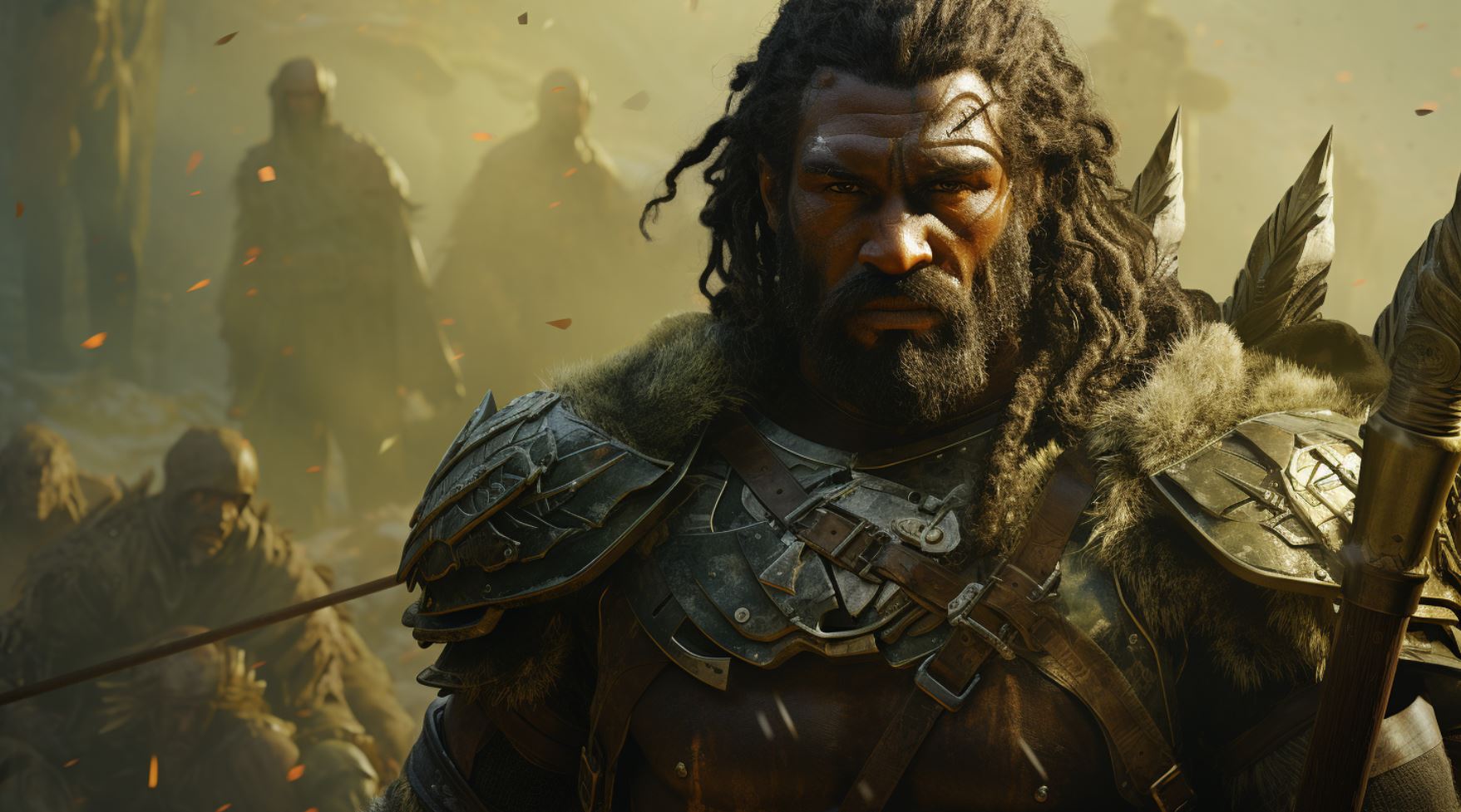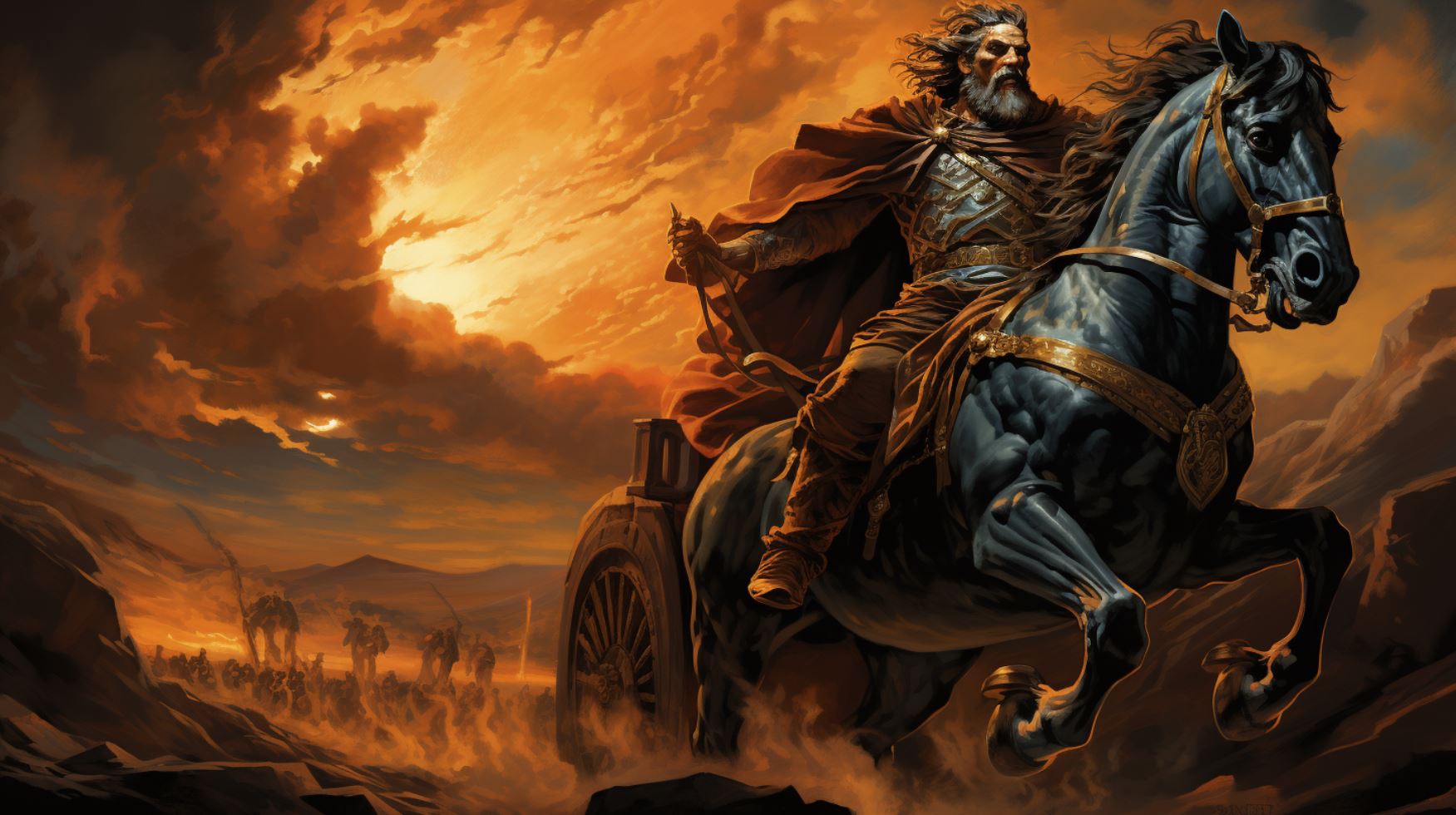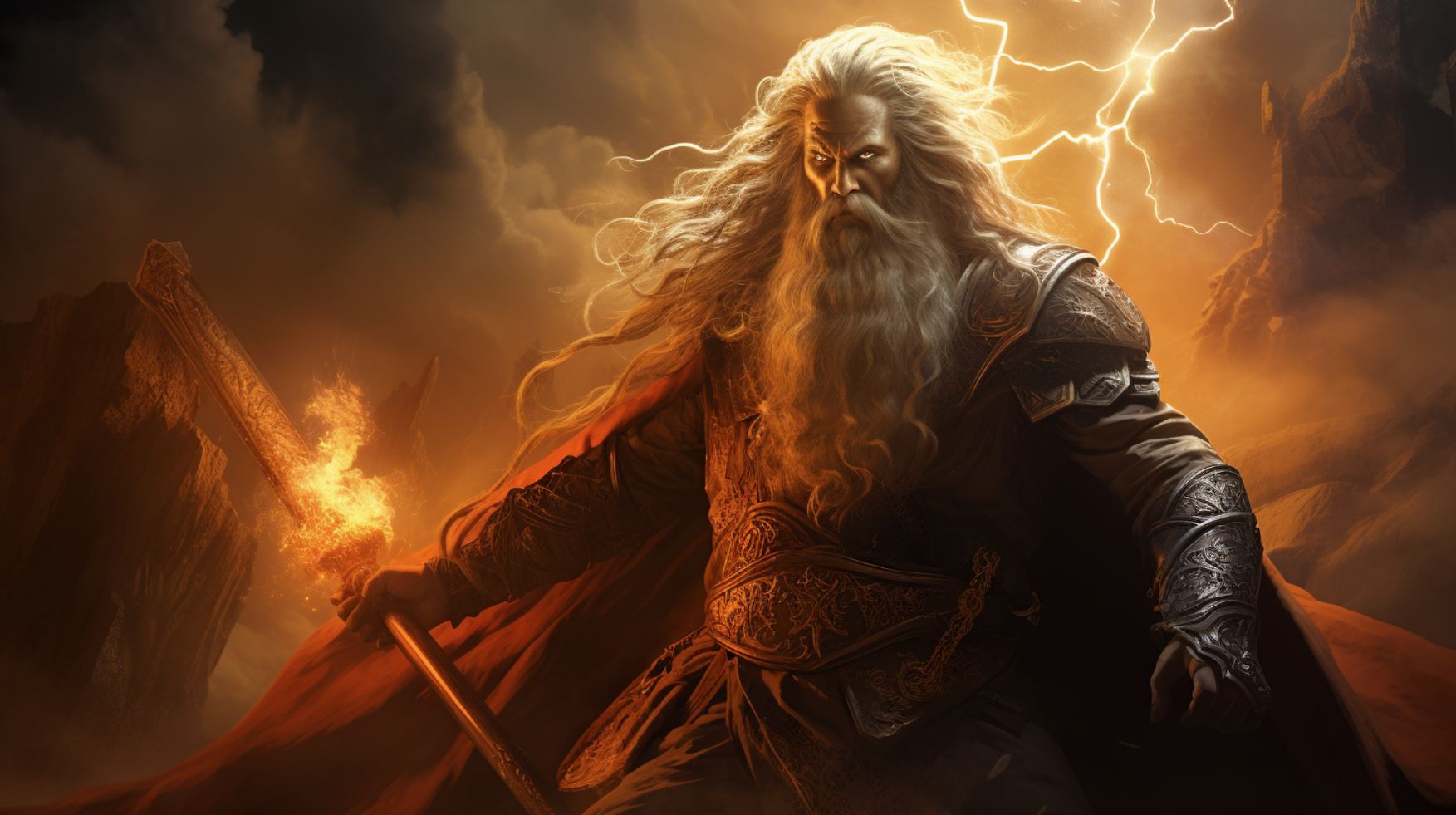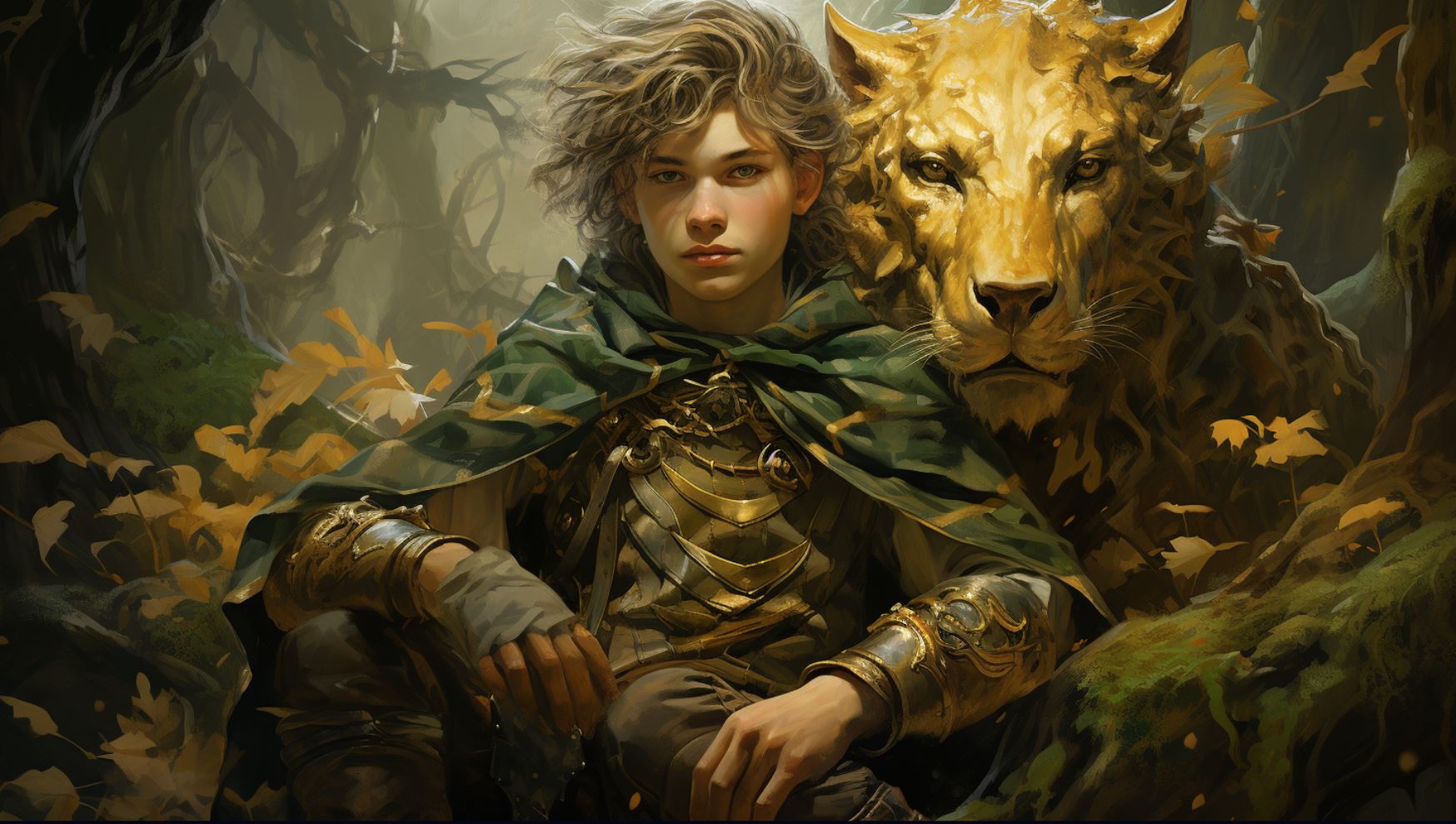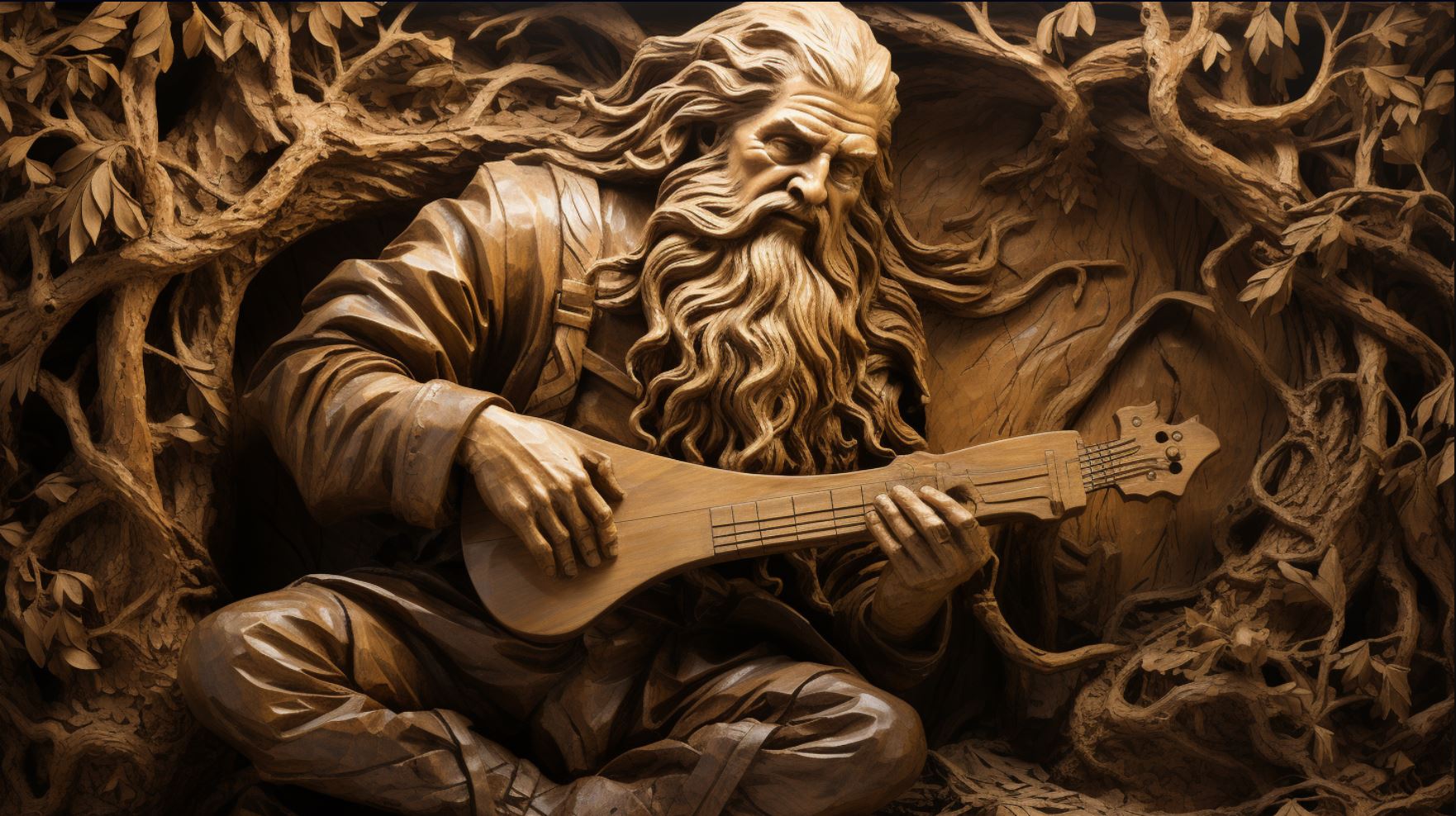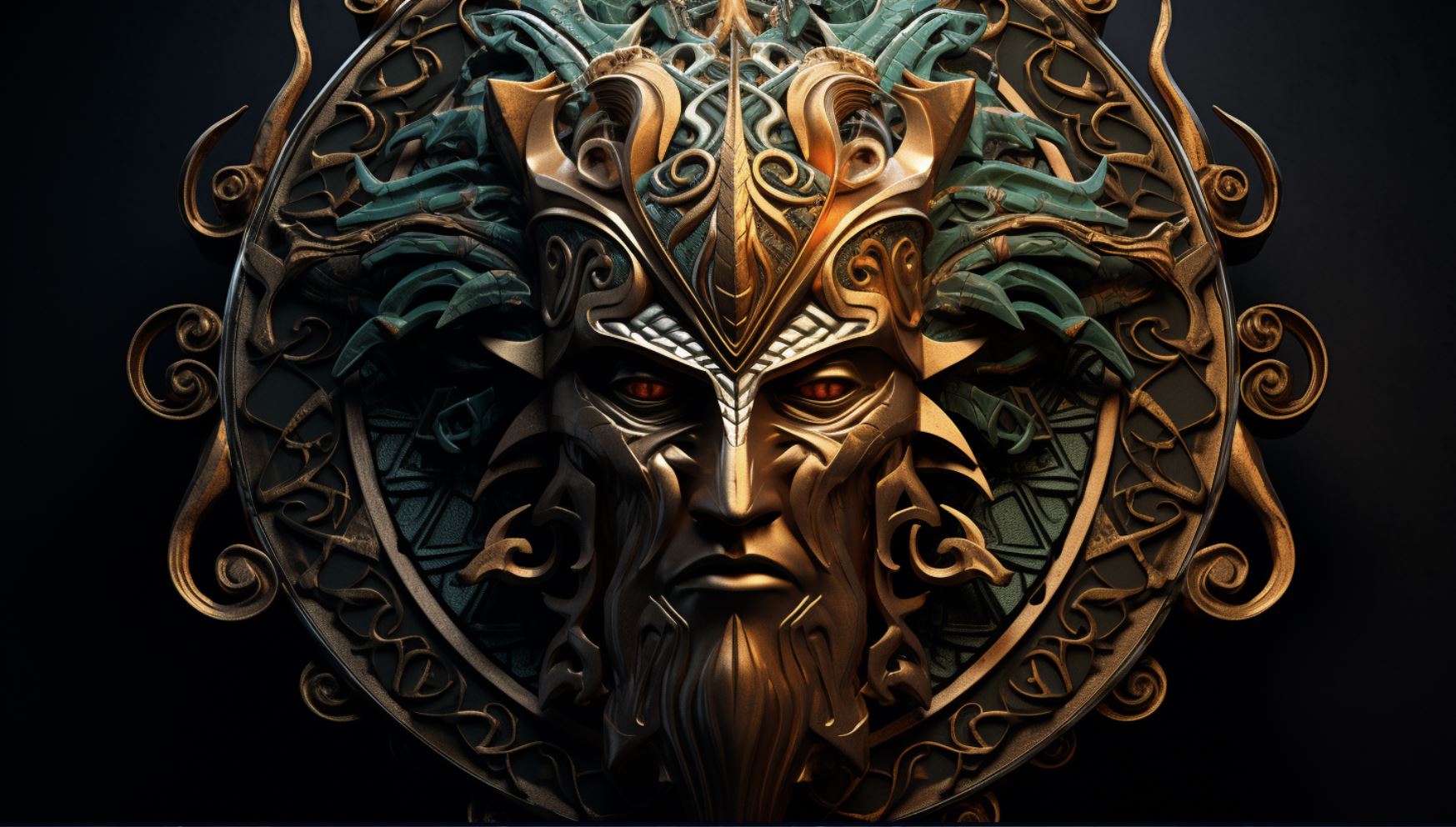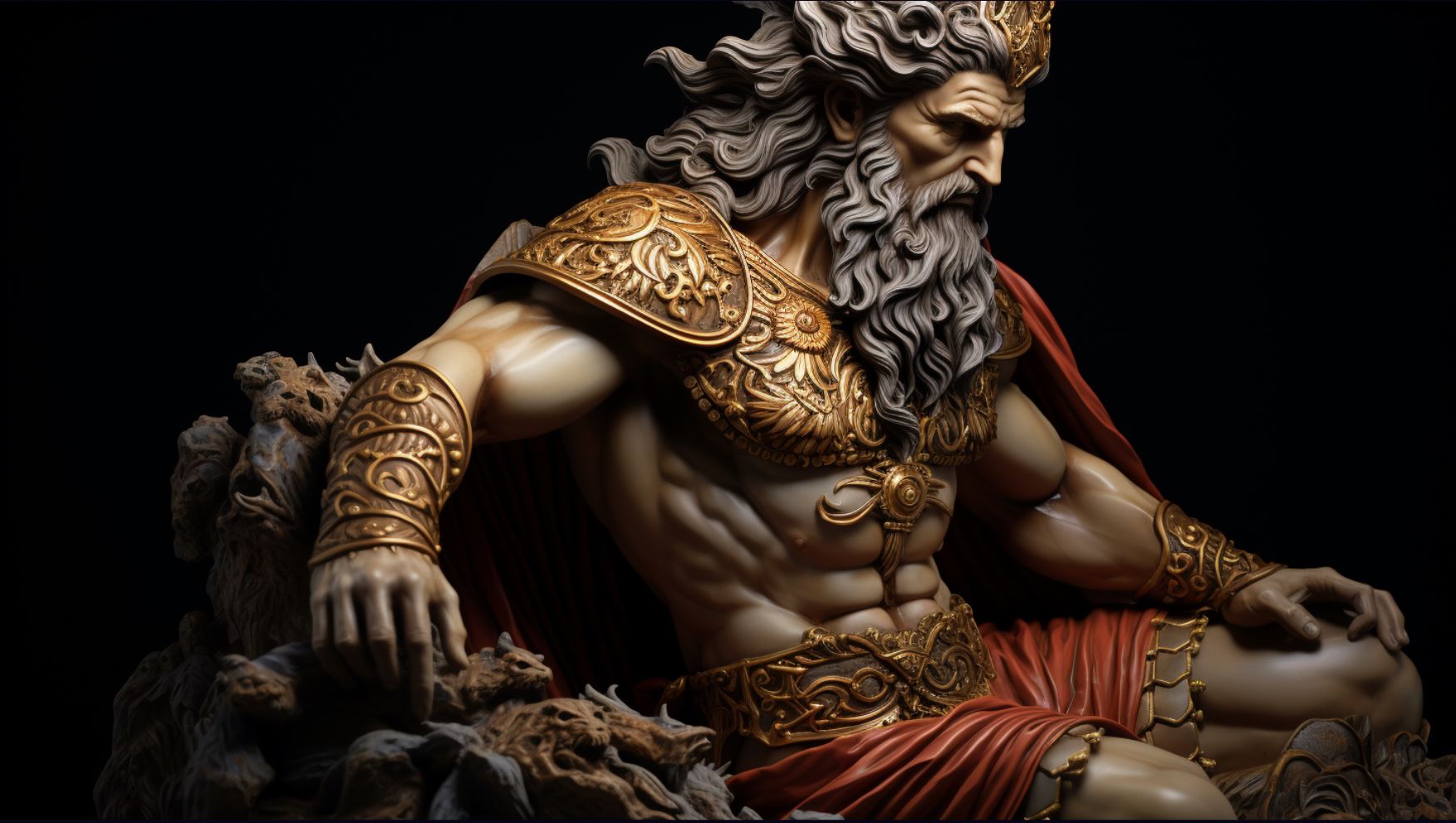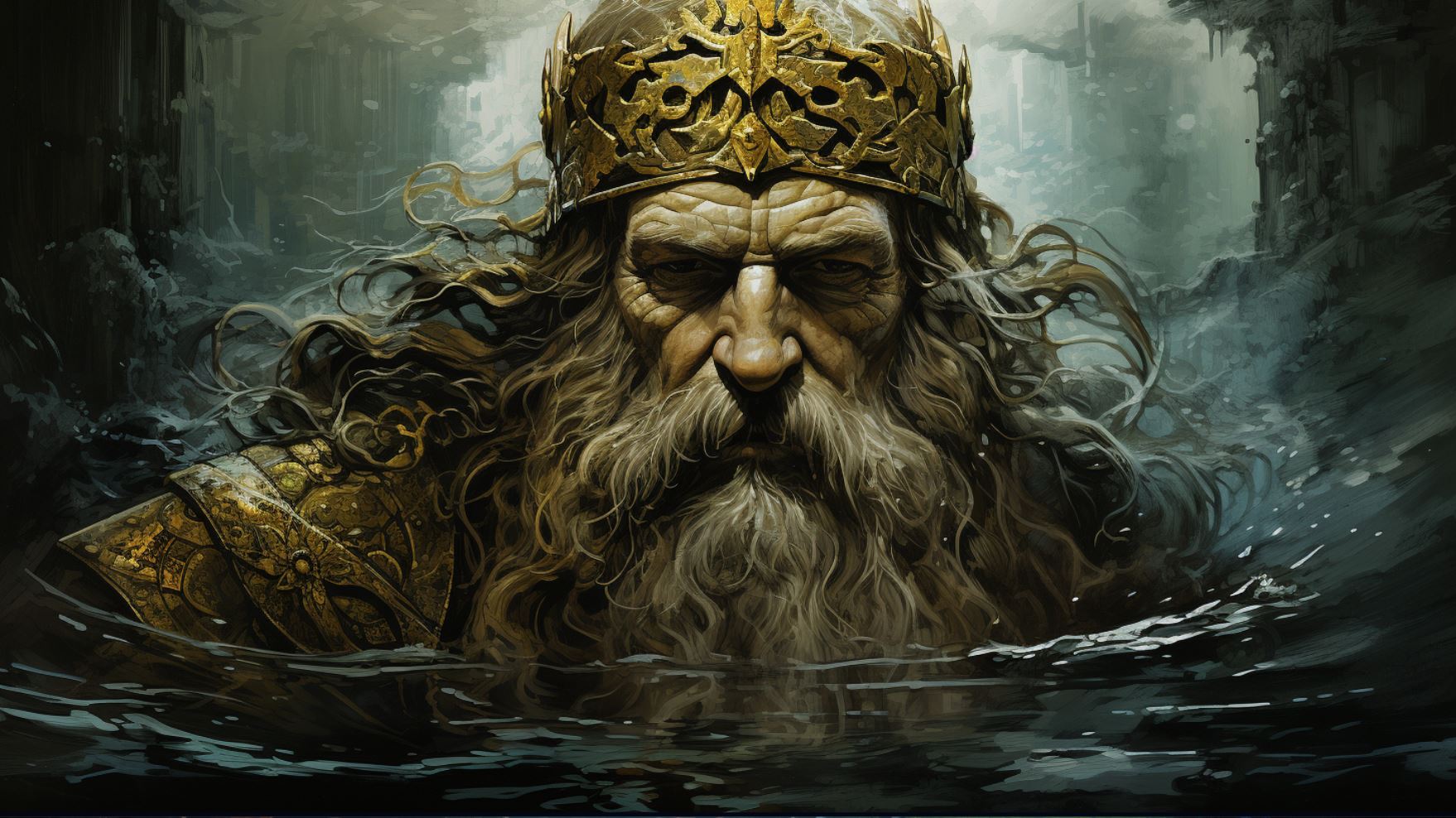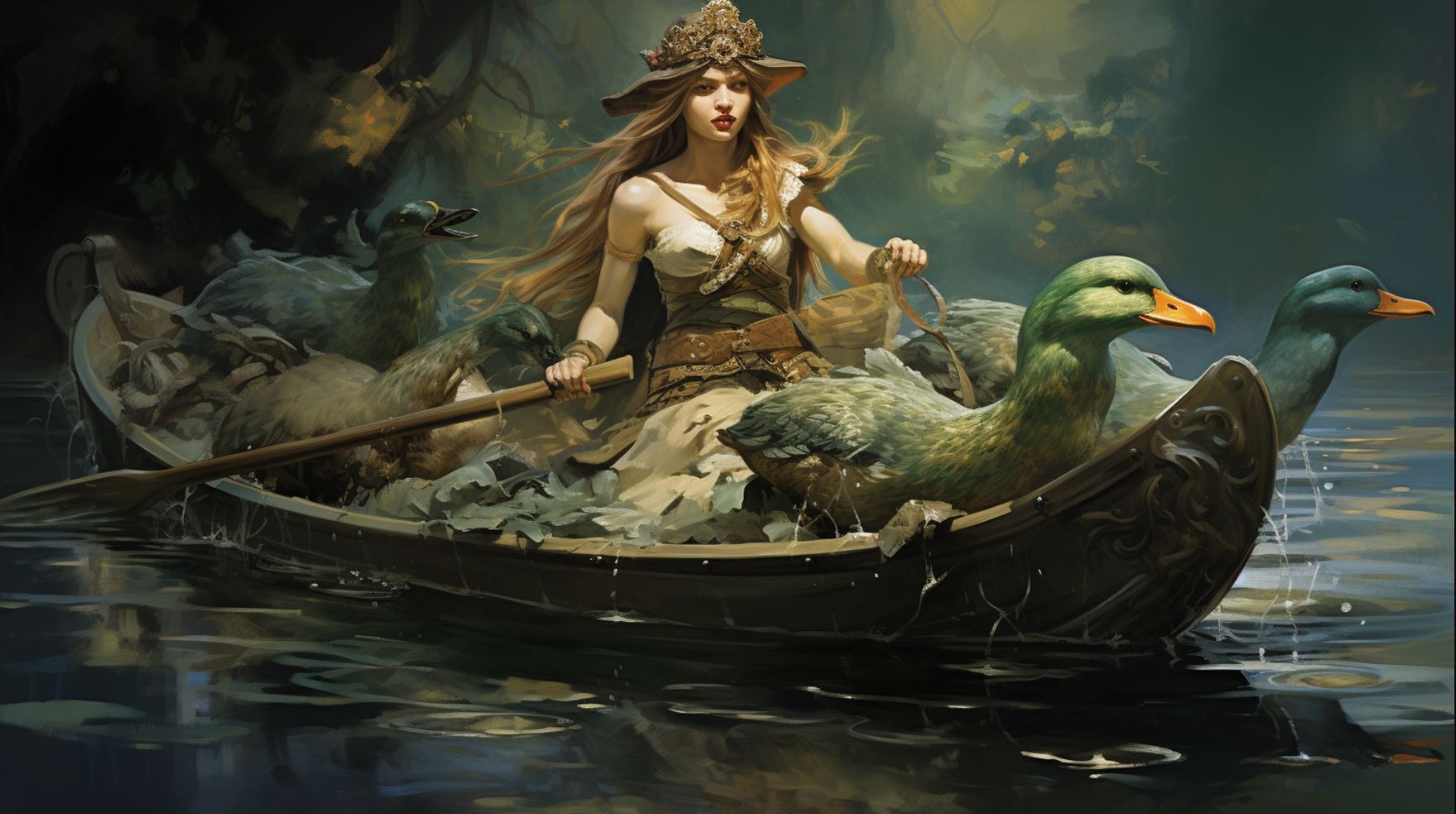Ogmios Celtic God: Unveiling the Mysteries of the Celtic Deity
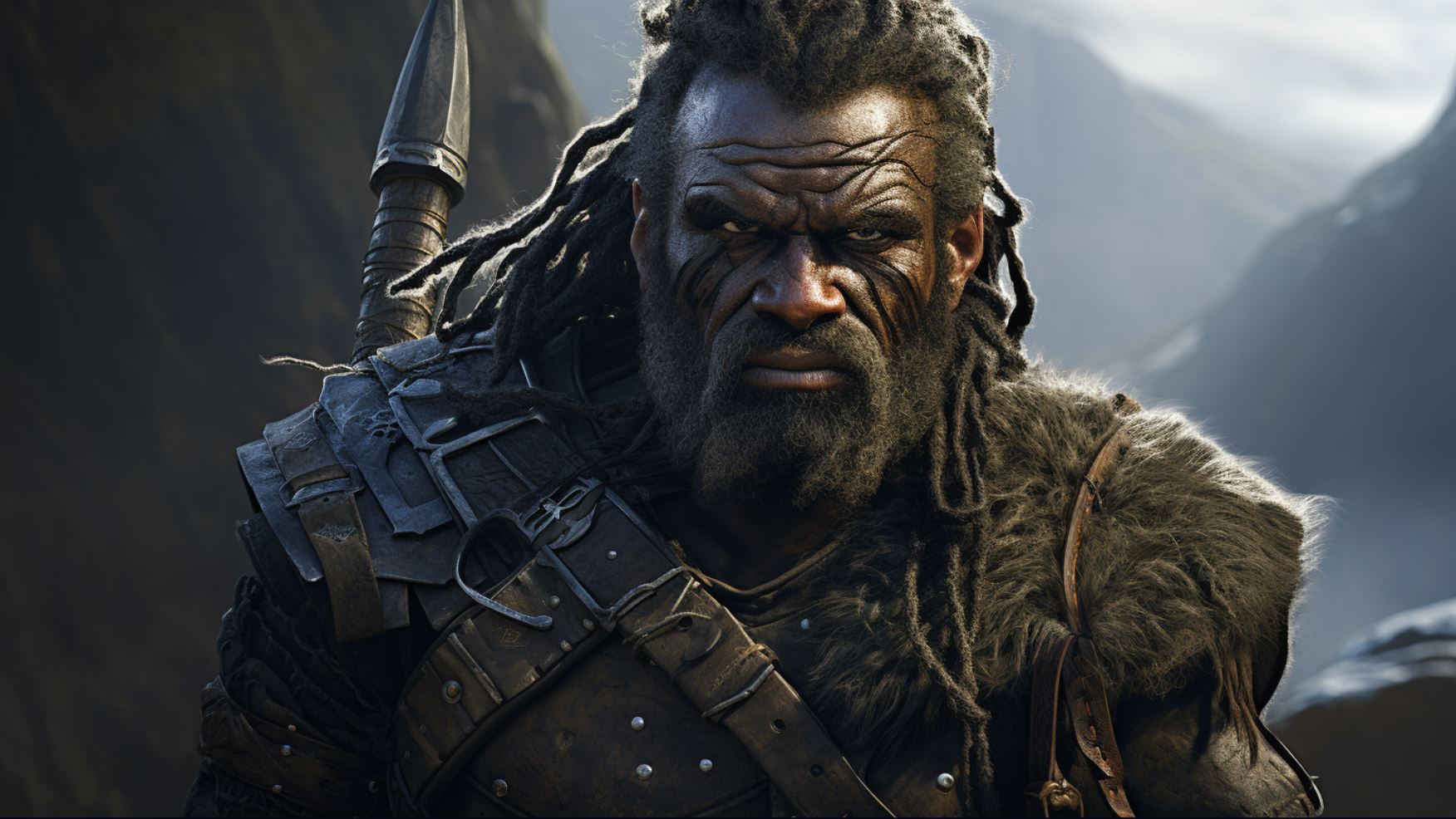
Ogmios Celtic God is a revered deity in Celtic mythology. This powerful figure, often associated with Irish deity Ogma, represents eloquence and war. Ogham, a writing system from the 4th century AD, is named after Ogmios and further highlights his role as the god of eloquence.
Depicted as an aged warrior with dark skin, armed with a bow and mace, Ogmios is known for leading a group of men whose ears are chained to his tongue. This article delves into the origins, symbolism, and connections of Ogmios in Celtic and Roman mythologies, as well as his representation in inscriptions and curses, culminating with a detailed description from Lucian’s account.
The Origin and Mythology of Ogmios Celtic God
The origin and mythology of Ogmios Celtic God provide fascinating insights into the beliefs and culture of the ancient Celts. This section delves into the powerful deity Ogmios, his connection to the Irish deity Ogma, and the association of his name with the Ogham alphabet.
Ogmios: The Powerful Celtic Deity
Ogmios, a revered Celtic god, holds a significant place in Celtic mythology. Often depicted as an aged warrior with dark skin, armed with a bow and mace, he exudes a commanding presence.
One of his prominent attributes is his role as the god of eloquence, and he is hailed as the bringer of inspiration and persuasion. Ogmios’ presence exemplifies the power and wisdom revered by the ancient Celts.
The Connection to Irish Deity Ogma
A notable connection exists between Ogmios and the Irish deity Ogma. Both Celtic deities share common attributes, including their herculean appearance and warrior-like demeanor. Ogma, known for his strength and intelligence, is associated with wisdom and the patronage of poetry and language.
Ogmios and Ogma’s parallel characteristics suggest a shared origin or influence in Celtic mythology, emphasizing their significance in the collective belief system of the Celts.
Ogham Alphabet and Its Association with Ogmios
The Ogham alphabet, which originated in the 4th century AD, bears the name of Ogmios as it is intricately connected to his realm of influence.
This unique writing system, characterized by a series of lines and notches carved into stone or wood, is renowned for its symbolism and primitive elegance. Its association with Ogmios can be perceived as a testament to his profound influence on language, communication, and the preservation of ancient Celtic wisdom.
The Symbolism and Representation of Ogmios
Ogmios, the powerful Celtic deity, is rich in symbolism and representation. His physical description, armament, and the depiction of chained men highlights his unique characteristics and divine significance.
The Physical Description of Ogmios
Ogmios is portrayed as an aged warrior, with wrinkled skin and a few strands of white hair.
His dark complexion and weathered appearance embody wisdom and experience. Adorned in a lion’s hide, Ogmios exudes strength and courage, commanding respect from his followers.
Ogmios’ Armament: Bow and Club
Carrying a bow and club, Ogmios symbolizes both the prowess of a skilled archer and the might of a fierce warrior. The bow embodies precision and long-range power, while the club represents close combat effectiveness.
This dual armament showcases Ogmios’ mastery of both physical and strategic warfare.
The Depiction of Chained Men and Elocution
A notable representation of Ogmios is the depiction of him leading a group of men, their ears chained to his tongue. This imagery illustrates Ogmios’ control over the power of speech and elocution.
It symbolizes his ability to captivate and persuade others through his eloquent words, inspiring unwavering loyalty and devotion in his followers.
Through the symbolism of his physical appearance, armament, and the representation of chained men, Ogmios exemplifies the intertwining aspects of wisdom, strength, and persuasive leadership that characterize his role as a Celtic deity.
Ogmios in Celtic and Roman Mythology
Ogmios, the powerful Celtic deity, shares fascinating connections with Dis Pater and Hercules, who are regarded as the ancestors of the Celts and Gauls, respectively. These links trace back to the merging of Celtic and Roman mythologies, influenced by the contact between the two cultures.
Ogmios’ Relationship with Dis Pater and Hercules
Ogmios’ connection to Dis Pater, the Roman god of the underworld, suggests a shared divine heritage between the Celts and the Romans. This association reflects the synthesis of local beliefs with Roman religious traditions.
Similarly, Ogmios has been equated with Hercules, the Roman counterpart of the Greek hero. This parallel demonstrates the significance of Ogmios as a prominent figure in Celtic mythology, embodying aspects of strength, heroism, and divine ancestry.
Similarities to Other Celtic and Irish Deities
Beyond his association with Dis Pater and Hercules, Ogmios shares similarities with other Celtic and Irish deities. Notably, he is often linked to Ogma, an Irish god associated with eloquence and literacy.
Additionally, linguistic connections can be observed. Ogmios demonstrates ties to the Welsh figure Eufydd ap Dôn, while Fénius Farsaid and Donn share resemblances to Ogmios in certain contexts or legends.
The Influence of Roman and Greek Culture on Ogmios
The influence of Roman and Greek cultures on Ogmios is evident in his representation, as well as his association with Hercules. The fusion of cultural elements showcases the assimilation and adaptation of mythological narratives.
Furthermore, the Ogham alphabet, named after Ogmios, demonstrates the impact of Roman and Greek writing systems on Celtic society. This connection highlights the interplay between oral and written traditions and the cultural exchange between the Celts and their Roman neighbors.
Ogmios in Inscriptions and Curses
Ogmios’ influence can be observed in various inscriptions and curses found throughout Celtic regions. These written records provide valuable insights into the reverence and invocation of Ogmios as a deity of eloquence and power.
Dedication Inscriptions to Ogmios
On several stone inscriptions discovered in locations such as Reims, dedications to Ogmios have been found. These inscriptions serve as testimony to the veneration and worship of Ogmios by ancient Celtic communities.
Although these dedications may vary in length and content, they often express gratitude to Ogmios for his blessings and supplicate his protection and guidance.
Tablillas of Curses and Their Invocation of Ogmios
In addition to dedication inscriptions, Ogmios is invoked in tablillas of curses, believed to hold power and influence over the desired outcome.
These cursing tablets were often buried in tombs or submerged in deep waters, emphasizing the connection between the underworld and the realm of Ogmios.
The inscription found in Reims, although partially damaged, appears to be a dedication to Ogmios, indicating the belief in his divine ability to provide protection and fulfill desires.
These inscriptions and curses invoke Ogmios as an intermediary between humans and the chthonic gods, acting as a conduit for their pleas and requests.
By invoking Ogmios in curses, individuals sought to harness his persuasive and influential nature to bring harm upon their enemies or seek retribution.
These curses often included the names of the intended targets and detailed descriptions of the desired punishments, reinforcing the belief in Ogmios’ power to enact justice.
- Some common themes and requests found in these curses include:
- Infliction of physical suffering and misfortune
- Loss of social standing and reputation
- Incurable illnesses and diseases
- Financial ruin and loss of property
- Broken relationships and family strife
The inclusion of Ogmios in these curses suggests that people believed in his ability to exact punishment and fulfill their desires for justice and revenge.
The chains linking Ogmios to the chthonic gods further reinforced the belief in his intermediary role, as he carried the pleas and wishes of the people to these powerful forces.
These inscriptions and curses underscore the significance of Ogmios as a deity invoked for both positive and negative purposes.
They provide valuable historical and cultural evidence of the belief in Ogmios’ power and his central role in the Celtic pantheon.
Lucian’s Description of Ogmios: The Smiling Elder
Lucian provides a vivid and captivating account of Ogmios, portraying him as the “Smiling Elder.” Through his description, we gain deeper insights into Ogmios’ physical features and his charismatic leadership style.
Lucian’s Account of Ogmios’ Physical Features
Ogmios is depicted by Lucian as an aged figure, with a face adorned with wrinkles and a few sparse white hairs. His skin is weathered and tanned, reflecting the wisdom and experience accumulated over numerous ages.
Notably, he drapes himself in a lion’s skin, further emphasizing his association with strength, courage, and primal power.
As our gaze falls lower, Ogmios wields a formidable club and possesses a mighty bow, symbols of his authority and martial prowess.
These weapons serve as a testament to his ability to protect and guide his followers through challenging times.
Ogmios’ Image as a Persuasive Leader
Lucian’s account also reveals Ogmios’ role as a persuasive leader. He is seen with a group of men, rapt and captivated by his words. They follow him dutifully, with their ears bound to his tongue using chains made of gold and amber.
Ogmios’ followers, despite being bound, willingly sing praises to their charismatic deity. This portrayal highlights Ogmios’ exceptional ability to inspire and sway others with his eloquence. Through his words, he commands respect, loyalty, and devotion from those who listen to him.
This captivating image of Ogmios as a persuasive leader showcases his influence over the hearts and minds of his followers. They are willingly bound to him, not by force but by the power of his words and the strength of his character.
In conclusion, Lucian’s description vividly paints a picture of Ogmios as the “Smiling Elder.” His physical appearance exudes wisdom and power, while his ability to captivate and persuade others further solidifies his status as a revered deity in Celtic mythology.
.

